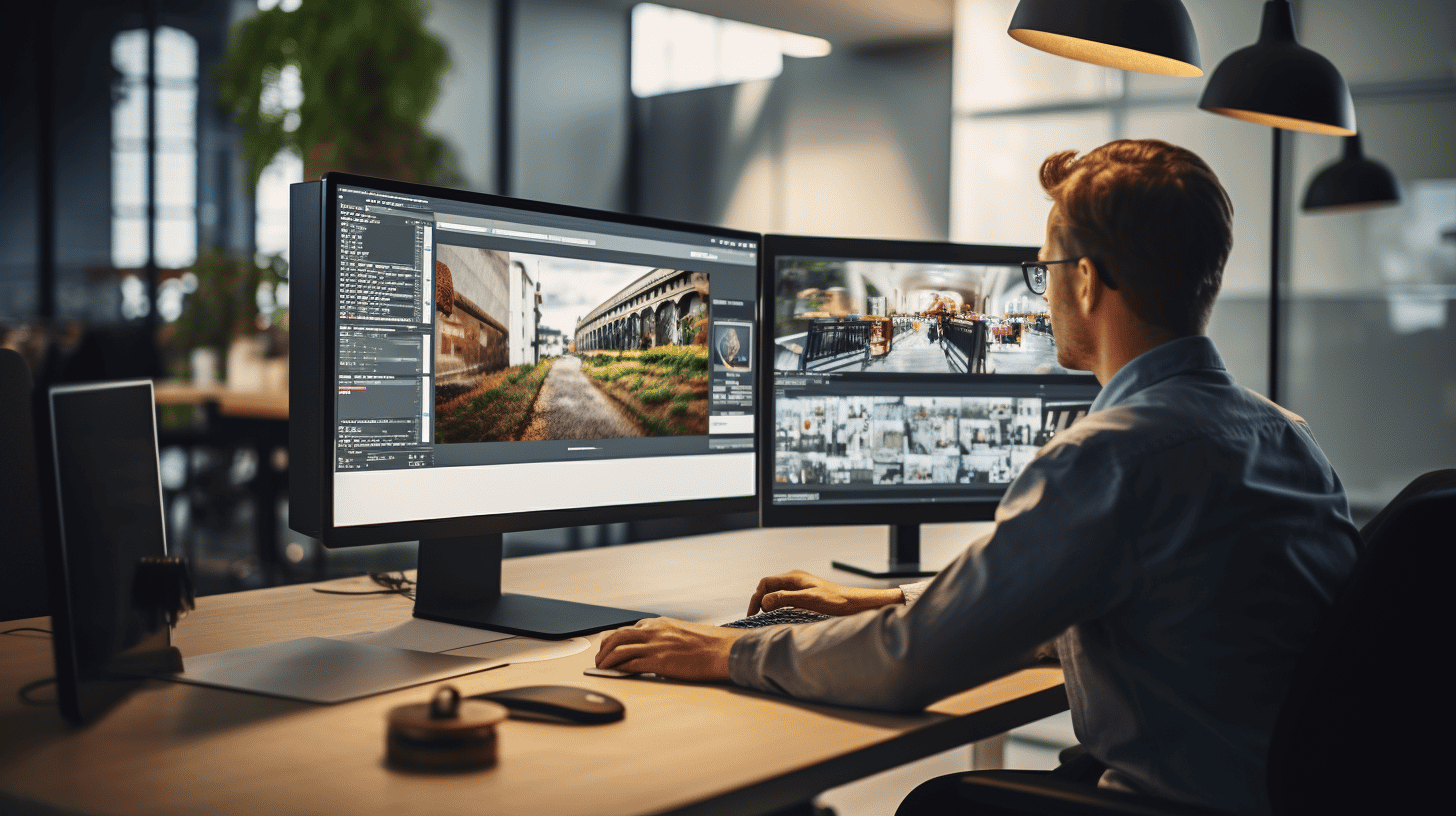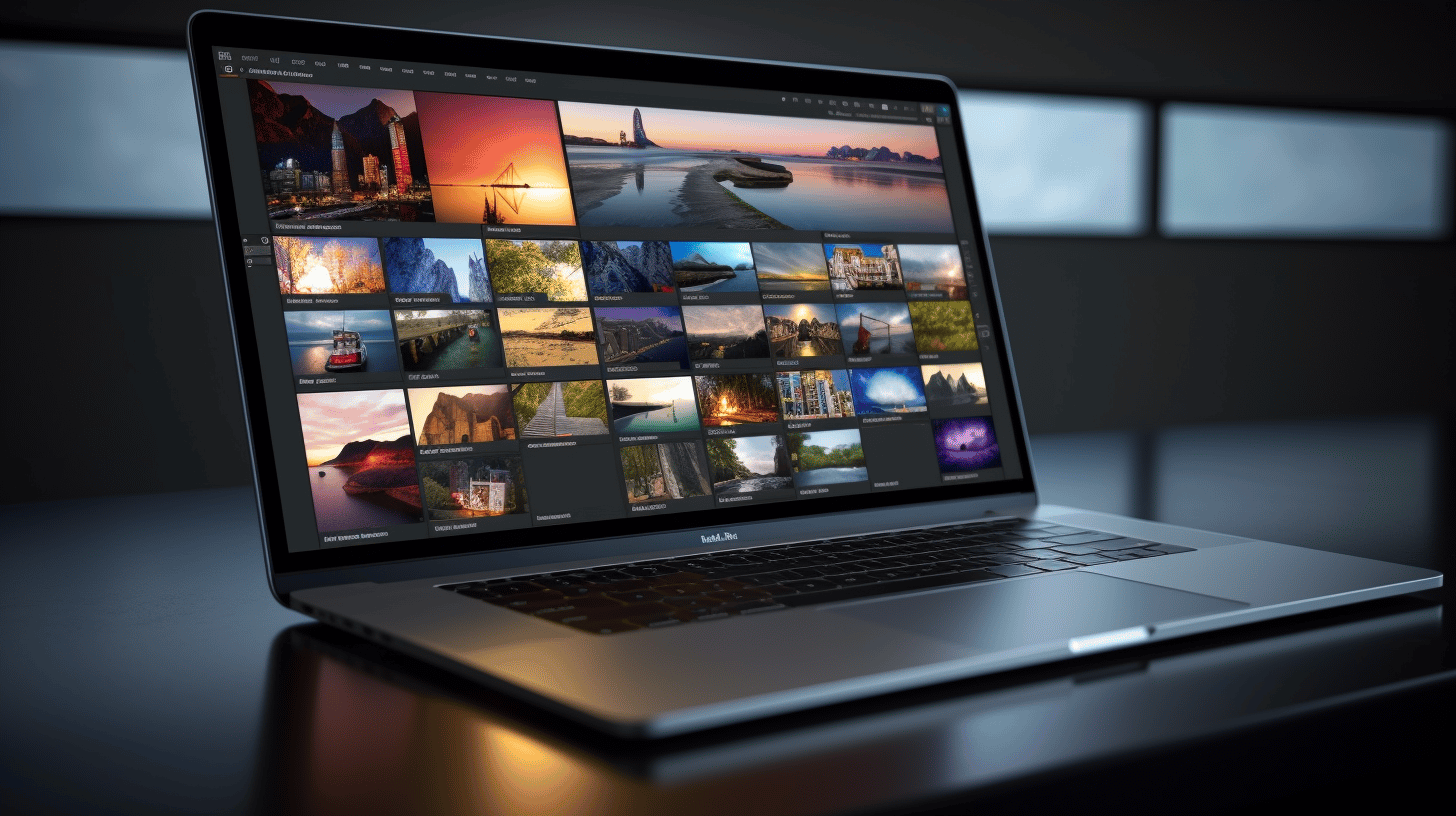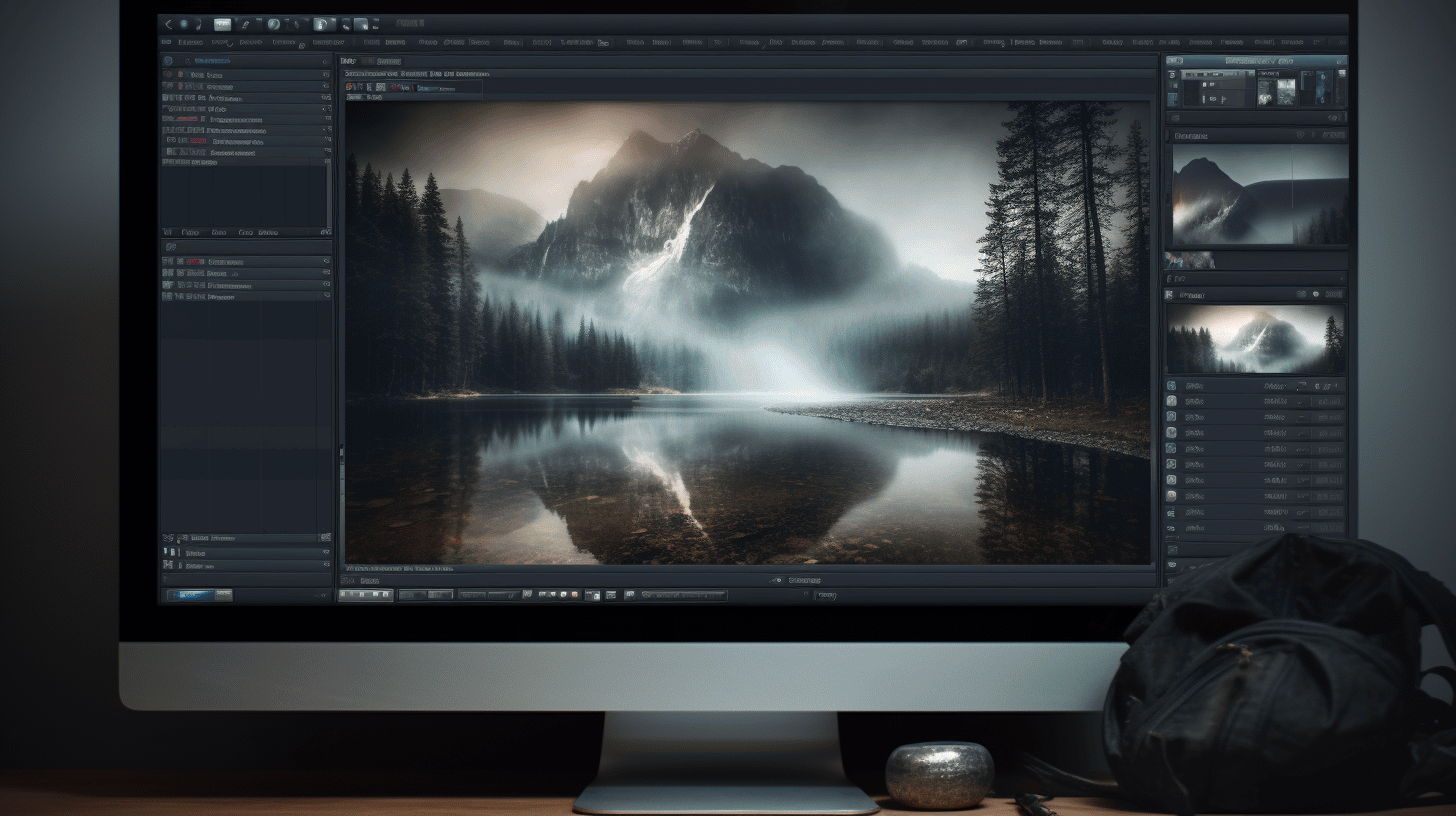Artificial intelligence (AI) is creating waves across various industries, and the world of photography is no exception. The introduction of AI cameras has remarkably improved image quality and shooting capabilities, making it an exciting time for professional and amateur photographers alike. This article delves into the world of AI cameras, examining the cutting-edge technologies that drive them and offering insights for those keen to explore this transformative aspect of photography.
Table of Contents
- Technological Overview: What’s Inside an AI Camera?
- AI-Enhanced Image Quality
- Smart Shooting Modes Powered by AI
- Image Recognition and Auto-tagging
- Future Trends in AI Camera Technology
- AI in Professional Photography
- Choosing the Right AI Camera for You
Technological Overview: What’s Inside an AI Camera?
AI Cameras are designed to harness machine learning capabilities to improve various aspects of photography. The most advanced AI cameras possess specialized processors, such as the Neural Engine found in some of Apple’s newest iPhones or the Neural Processing Unit (NPU) common in various Android smartphones. These processors allow the camera to analyze images more effectively and apply various enhancements on-the-fly.
Others employ AI-based algorithms and software, such as Adobe’s Sensei, which uses deep neural networks to push the boundaries of photo-editing capabilities. These technologies work together, enabling AI cameras to achieve unprecedented levels of intelligence and image processing, surpassing the capabilities of most traditional cameras.
AI-Enhanced Image Quality
One of the most significant advantages of using AI cameras is the improved image quality achieved through various optimization techniques. Some of the major improvements include:
Better Noise Reduction
AI cameras can minimize noise in images, especially in low-light conditions. Through machine learning, these cameras learn from a vast dataset of images and apply this knowledge to process and reduce noise effectively.
Dynamic Range Optimization
AI-powered cameras can analyze a scene, identifying the optimal settings for exposure and contrast, and automatically adjust the dynamic range, resulting in perfectly balanced images even in challenging lighting conditions.
Superior Autofocus
Modern AI cameras come equipped with intelligent autofocus systems that are not only faster but also more precise. They can quickly detect and track subjects, ensuring perfect focus every time.
Smart Shooting Modes Powered by AI
AI cameras offer a range of smart shooting features that streamline the photographic process and make for stunning images. Some standout features are:
AI-assisted Composition
By analyzing an extensive database of professional photographs, AI cameras can identify the best composition for any scene, prompting the photographer to reframe their shot for optimal results.
Portrait Mode
AI-enabled cameras can distinguish between the subject and the background, applying precise bokeh effects to create professional-looking portraits with ease.
Smart HDR
AI cameras can capture several images with varying exposures simultaneously and combine them into a single, high-dynamic-range image, retaining details in both highlights and shadows.
Image Recognition and Auto-tagging
AI cameras can process and recognize subjects within the frame, categorizing and tagging images automatically. This feature contributes to the organization and browsing of large image collections, allowing for easy filtering and searching based on categories, such as:
- People and faces
- Landscapes
- Night scenes
- animals
- and more
Future Trends in AI Camera Technology
AI continues to drive innovation in the realm of photography, with ongoing research in the development of new features and enhancements. Some exciting developments on the horizon include:
Advanced Scene Detection
AI cameras will soon be able to detect even more complex scenes, and adjust settings accordingly for optimal image capture.
Creative AI
Artificial intelligence will push the envelope further by creating original content, autonomously generating unique artistic elements, and suggesting diverse styles and compositions for photographers to experiment with.
AI in Professional Photography
As AI camera technology advances, professional photographers have begun embracing these cutting-edge tools to enhance their work. AI makes it easier to manage large volumes of images, quickly apply edits and enhancements, and even discover new creative possibilities. However, the human touch still plays a crucial role in the creative process, ensuring that emotion, intuition, and artistry remain at the heart of photography.
Choosing the Right AI Camera for You
When deciding which AI camera to invest in, consider the following factors:
- Core photography features: Ensure that the camera meets your essential photography needs, encompassing aspects such as resolution, sensor size, and lens compatibility.
- AI capabilities: Evaluate the AI features offered, and consider which will benefit you the most, such as autofocus, image recognition, or noise reduction.
- Future updates: Look for cameras that actively provide updates to improve and introduce new AI features.
- Budget constraints: Determine your budget and explore options accordingly, without compromising on core photography features.
In conclusion, AI cameras have revolutionized photography by offering enhanced image quality, smart shooting modes, and automated organization. While they play a vital role in the future of photography, it is essential to remember the importance of the human touch that adds emotion and artistry to any image. Embrace the technology but never lose sight of the power of creativity.




0 Comments